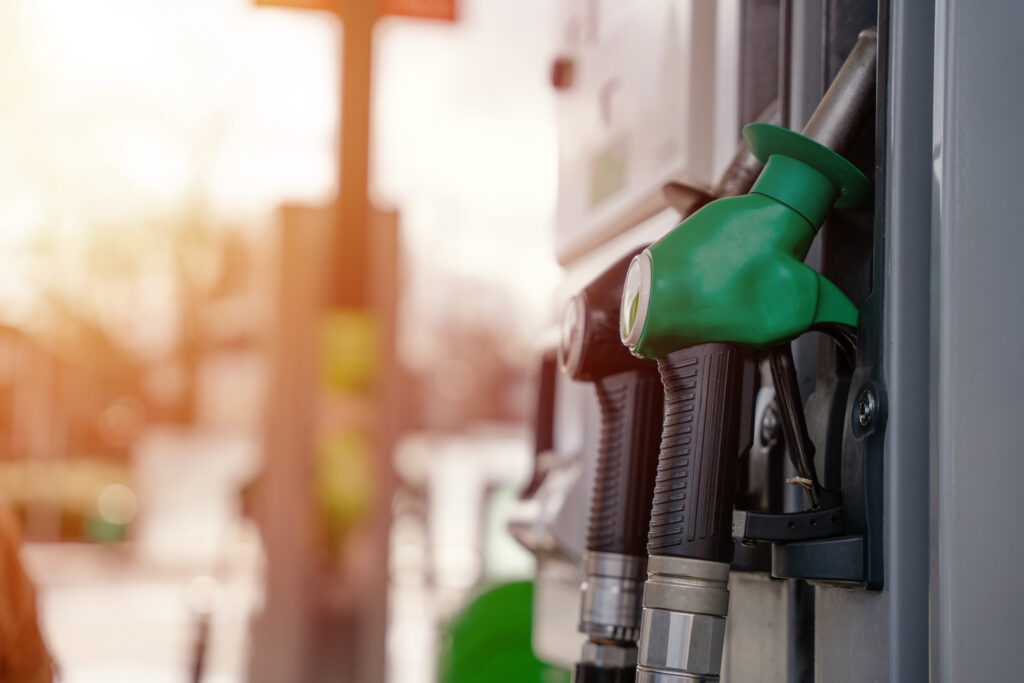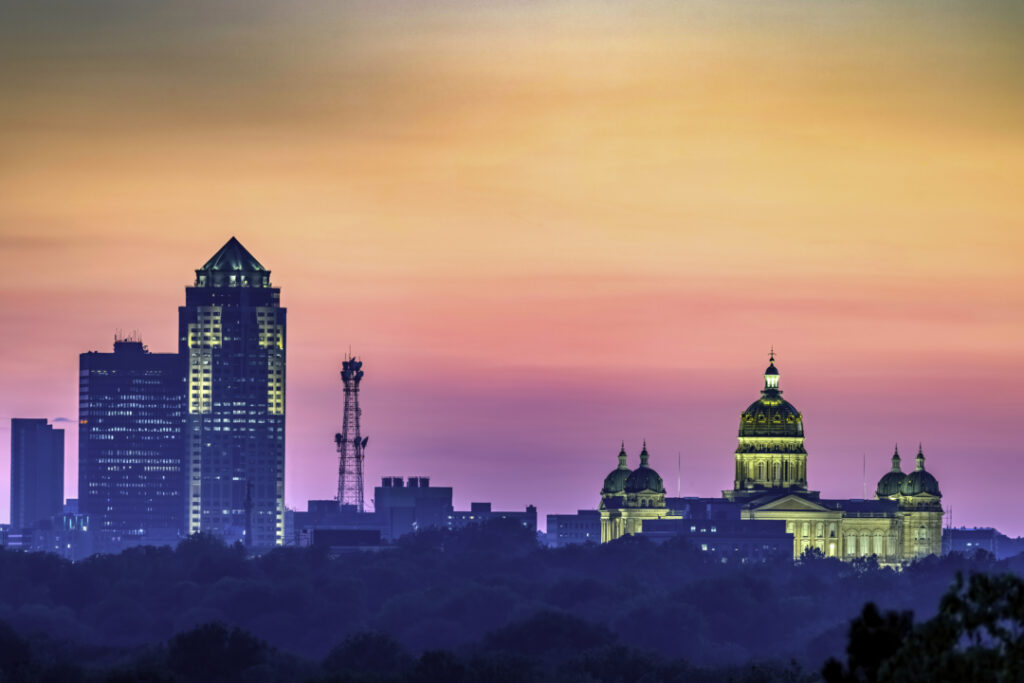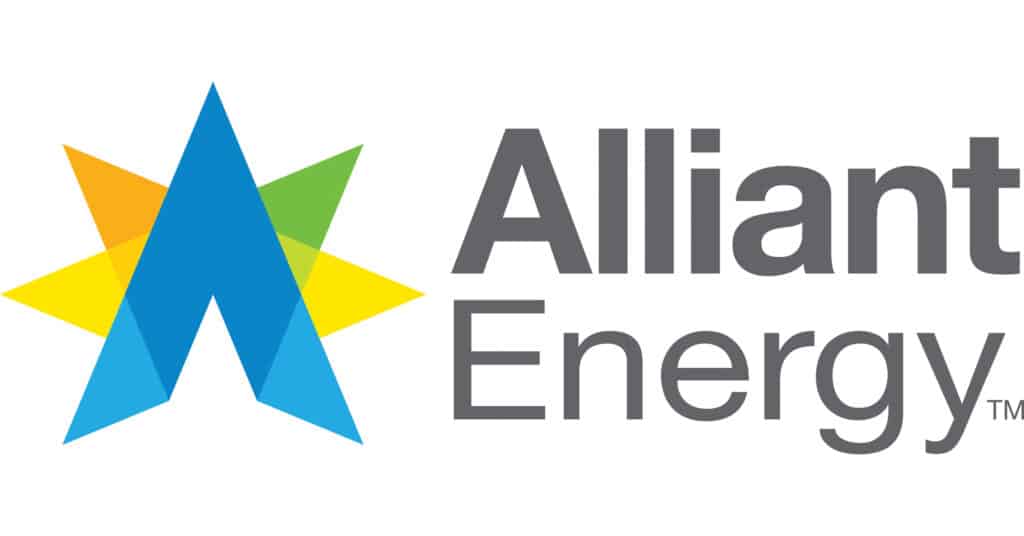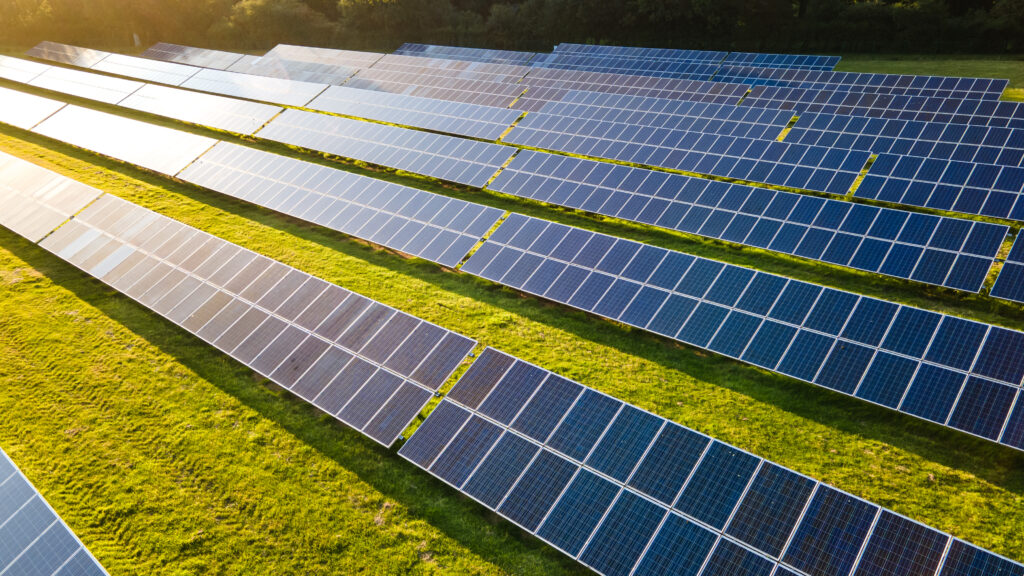Water Works outlines conservation stages
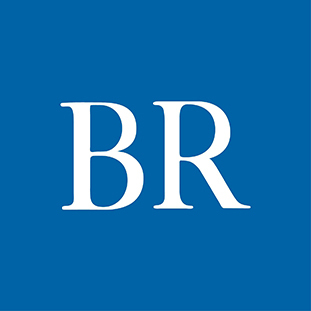
“Rainfall has always been the big impacter on water usage,” said Randy Beavers, general manager and CEO of Des Moines Water Works. “But if we get right back into 100-degree temps in August, that could certainly challenge us. We’ll just see how customers respond to the Stage I request to see if we need to ramp things up to a higher level. “
On Tuesday, Des Moines Water Works announced voluntary Stage I conservation measures for Greater Des Moines communities, seeking a 10 percent reduction in usage by all residents and businesses in the area. On Wednesday, customers used 90.6 million customers, down from the nearly 97 million gallons pumped on Tuesday. Normal usage is about 60 million gallons.
If river levels drop as low as they did during the last severe drought, which occurred in 1977, “we very well would be in Stage II or higher water conservation measures,” Beavers said. However, “we don’t foresee moving beyond Stage I prior to Sept. 1, unless river flow and weather patterns persist such that historic low river flows are reached. Today, there is still over 500 cubic feet per second of water flowing downstream from Des Moines, so we are still a ways off from diverting any water from Saylorville storage.”
Stages II, III and IV all have the goal of reducing water usage by 30 percent; they differ in the degree to which the measures are voluntary versus mandatory. Violators of Stage IV restrictions would face monetary penalties.
Stage II measures include:
– Requesting that public agencies shut down decorative fountains.
– Closing any recreational facilities that are known water wasters (i.e., leaking pool).
– Restaurants would be asked to serve water only upon request.
– The Water Works board would be asked to consider implementing a water-shortage rate structure.
Stage III measures would be mandatory, to include:
– Banning all outdoor water usage, except for commercial greenhouses.
– Prohibiting all public agency outdoor watering including landscapes, flower beds, and annual plantings.
– Enacting a water shortage or conservation rate structure.
At Stage IV, businesses would be required to reduce water usage by 10 percent in addition to the Stage II and III measures. Water restrictions would be imposed starting with water used for recreational or aesthetic purposes, then target all irrigation use, then look to manufacturing or other industrial processes, then water for generating power for public consumption, then water used for livestock production, Beavers said.




